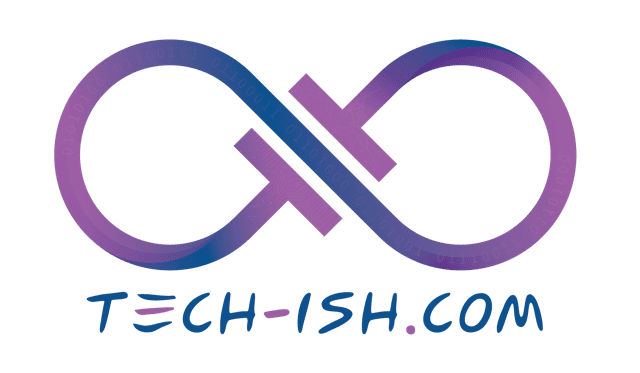
OpenAI’s event today has brought the future of AI interactions right to our doorstep. Last week there had been rumours that the company would be launching its own search engine, which they refuted, leaving the industry buzzing with speculation. Turns out it was GPT-4o that was on the horizon, not a search engine. Today’s announcement comes just a few hours after it was announced that Apple and OpenAI are partnering to have OpenAI’s technology used in Apple devices, signalling a significant leap forward in the integration of AI in everyday technology.
Dubbed GPT-4o, where “o” stands for “omni,” this iteration of OpenAI’s generative model is poised to revolutionise the way we interact with AI. The “omni” modality is at the heart of GPT-4o, enhancing its capabilities to understand and process text, vision, and audio simultaneously. Here’s a breakdown of all the new features of GPT-4o and a detailed explanation of each:
List of New GPT-4o Features:
- Enhanced Multimodality
- Real-Time Conversational Dynamics
- Emotive Voice Modulation
- Visual Comprehension
- Multilingual Capabilities
- Accessibility and Speed Enhancements
- New User Interface and Desktop Application
- Extended Third-Party Integrations
- Memory Capabilities for Personalisation
1. Enhanced Multimodality:
GPT-4o integrates text, vision, and audio processing in a single model – allowing you to have multiple inputs of data to the model at the same time. This is an enhancement over its predecessor, GPT-4, which only handled text and images together, with audio and vision being separate. This integration allows GPT-4o to perform tasks that require understanding inputs from multiple sources simultaneously, such as interpreting a conversation while analysing visual data. It would be crazy to see the impact of such a tool – both in daily work, but over time with research and work.
2. Real-Time Conversational Dynamics:
One of the most groundbreaking features of GPT-4o is its ability to handle interruptions and dynamic changes in a conversation. Users can now interrupt GPT-4o mid-response, and it will adapt its replies in real-time. This feature mirrors natural human conversations more closely than ever before.
3. Emotive Voice Modulation:
GPT-4o can detect the emotional tone in a user’s voice and respond in kind. This capability extends to varying the style of speech, including singing. For example, during the keynote, GPT-4o was demonstrated to sing the conclusion of a story, showcasing its ability to deliver responses in creatively engaging ways.

4. Visual Comprehension:
Building on the capabilities of GPT-4, the new model can analyse images and provide detailed descriptions, answer questions about the content of the image, and even interact with text within images, such as translating a menu in a foreign language. This is akin to an advanced form of Google Lens, but with deeper integration into the conversational aspects.
5. Multilingual Capabilities:
GPT-4o boasts improved performance across 50 different languages, making it a truly global AI tool. This enhancement not only makes it more accessible to users around the world but also enhances its utility in multilingual environments. This beats every other translation tool we’ve been using before.
6. Accessibility and Speed Enhancements:
OpenAI claims that GPT-4o is twice as fast as the previous model, GPT-4 Turbo, and costs half as much to use. This makes the technology more accessible to a broader range of developers and users, potentially increasing its adoption.
7. New User Interface and Desktop Application:
The launch includes a refreshed ChatGPT UI, which is more conversational. Additionally, a new desktop application for macOS has been released, allowing users to interact with GPT-4o without a web browser. This application supports keyboard shortcuts and can handle on-screen content like screenshots. A Windows alternative was also announced to be coming in the future.
8. Extended Third-Party Integrations:
The GPT Store, OpenAI’s library of third-party chatbots, is now accessible to users of ChatGPT’s free tier, widening the range of functionalities available to all users.
9. Memory Capabilities for Personalisation:
GPT-4o can remember user preferences across sessions. This “memory” feature was previously a premium option but is now available to free-tier users, enhancing personalized user experiences without additional cost.
Conclusion:
OpenAI’s GPT-4o represents a significant milestone in the field of artificial intelligence. By blending advanced text, vision, and audio capabilities in a single model, OpenAI sets a new standard for what AI can achieve in terms of user interaction. The model’s ability to handle dynamic conversations, comprehend and react to emotional cues, and process visual information in real-time promises a future where AI can assist with a broader range of tasks more naturally and effectively. As this technology rolls out, it will be interesting to see how it integrates into everyday devices and platforms, especially with the new Apple partnership hinting at even broader applications and accessibility
.






